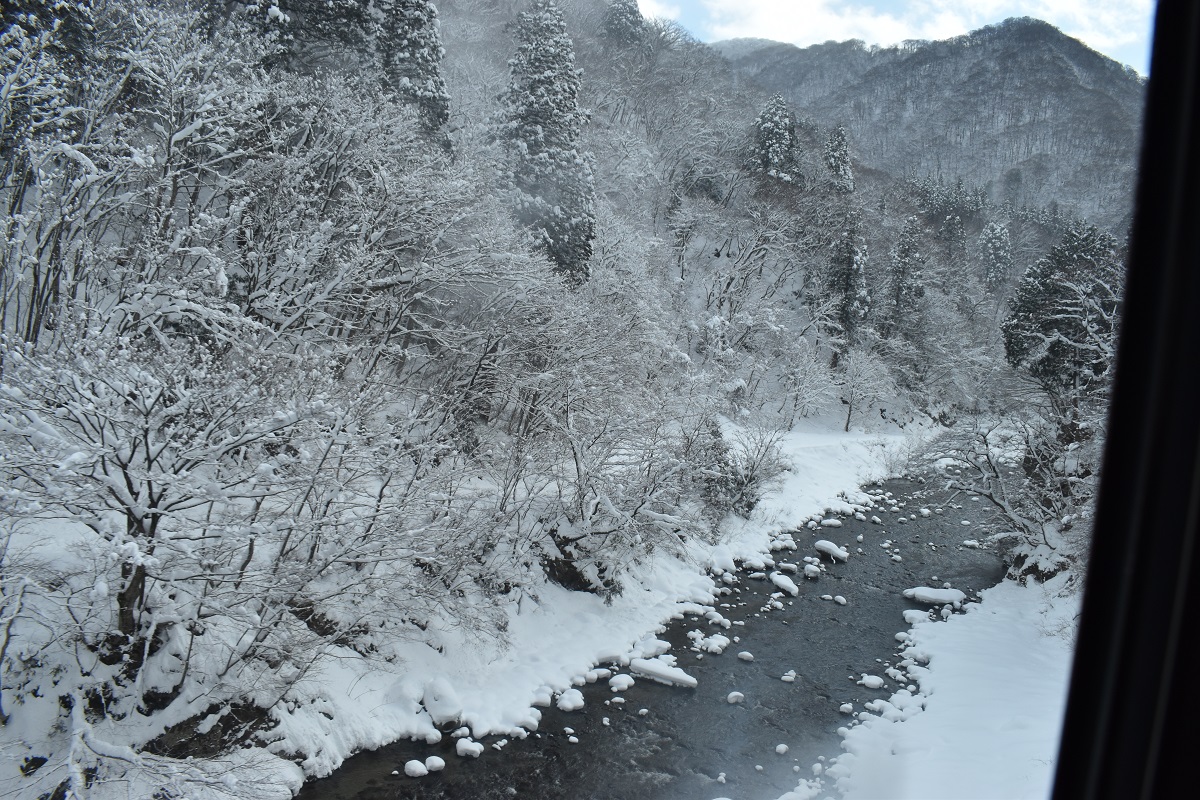
The Jomon cultural area can be found in unexpected places. The Suwa region has long been famous for the area because we know that the Jomon people came from all over Japan to search the place of production of obsidian, the raw material for arrowheads. But the Hokkaido/Northern Tohoku Jomon Archaeological Sites, which are registered as a UNESCO World Heritage Site, had gone completely unnoticed (no attention was paid to them). They lived in Hokkaido and northern Tohoku, separated by the strait, for over 10,000 years, forming the same cultural sphere. We know that they were part of the same cultural sphere because the clay figurines and pottery normaly made by women are almost the same and especially the patterns on them are the same, which means that women of the same blood traveled between these cultural spheres.

There is the Korekawa Jomon Museum in the outskirts of Hachinohe, where there is a clay figurine with palms together in a sitting position as the National Treasure. I have never seen a sitting position before. This clay figurine has female genitalia, so she may be praying for childbirth or a child. We know that people have been praying with their hands together since the Jomon period. The Venus of the Suwa region as the National Treasure also looks like a pregnant woman.

Also close to Hachinohe Station is Kushibiki Hachiman Shrine, the guardian deity of the Nanbu clan that has been in operation since the Kamakura period. Hachiman Shrine is a shrine that offers eternal good fortune in war, and as such, armor and helmets from the Kamakura and Nanboku-cho periods are enshrined there. However, these national treasure armor and helmets are more magnificent works of art than armor suitable for fighting.
This shrine also has something unique: at the entrance to the shrine, there are a pair of guardian lion statues, but here they are horses statues. On the side of the main shrine there is a wooden carving of a kappa being trampled by a hawk because of its mischievous behaviour. Later, when the Nanbu clan was transferred to Tono in Iwate Prefecture, this kappa legend was transferred with it and forms part of the Tono Stories.
Detour
The Sannai-Maruyama ruins, part of the Hokkaido/Northern Tohoku Jomon Archaeological Sites as a UNESCO-registered cultural heritage site, is located near Shin-Aomori Station on the Shinkansen line. Traces of a village that existed for nearly 2,000 years during the Jomon period remain vividly. Large-scale raised-floor buildings and pit dwellings have been restored.

































